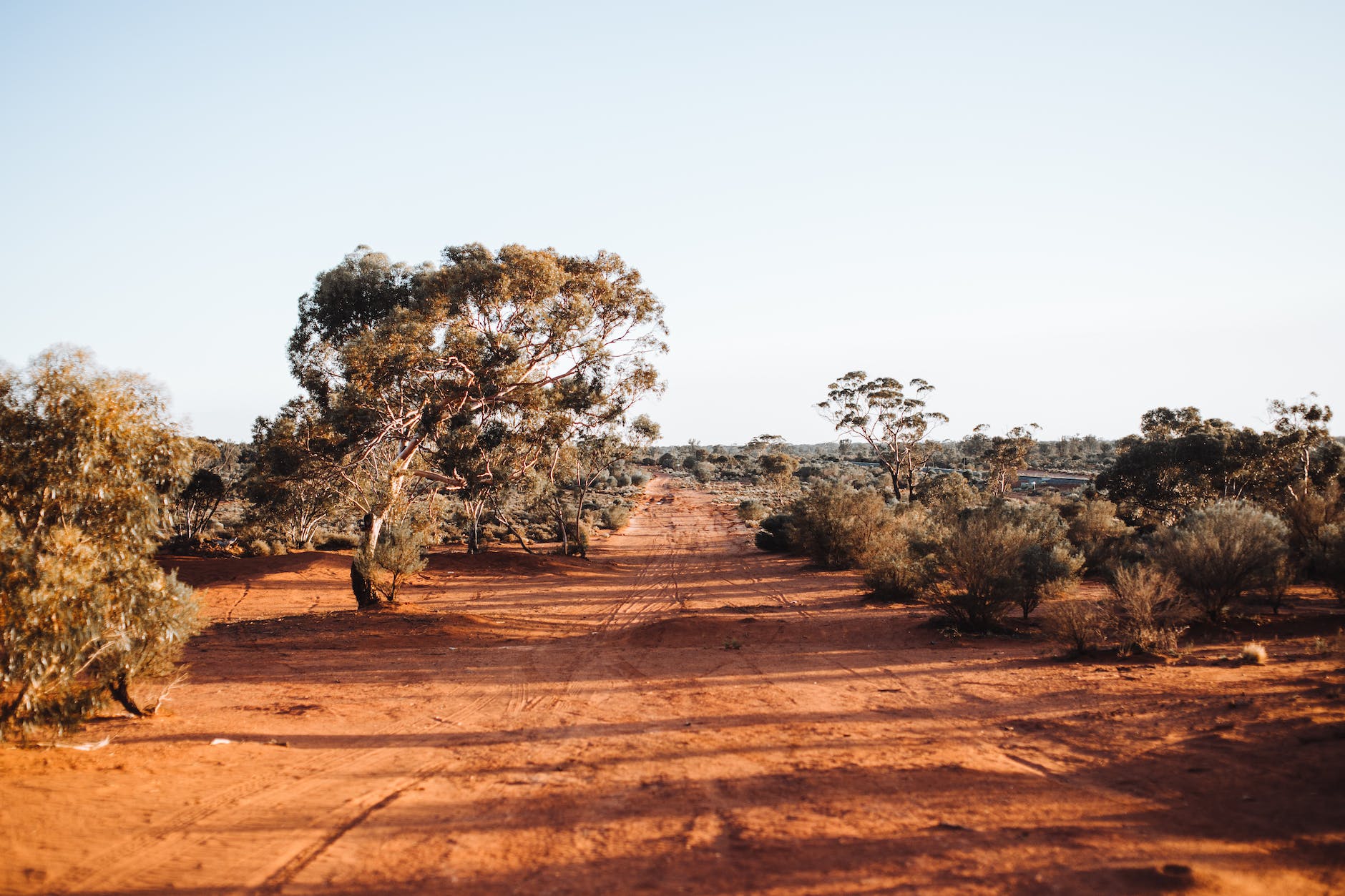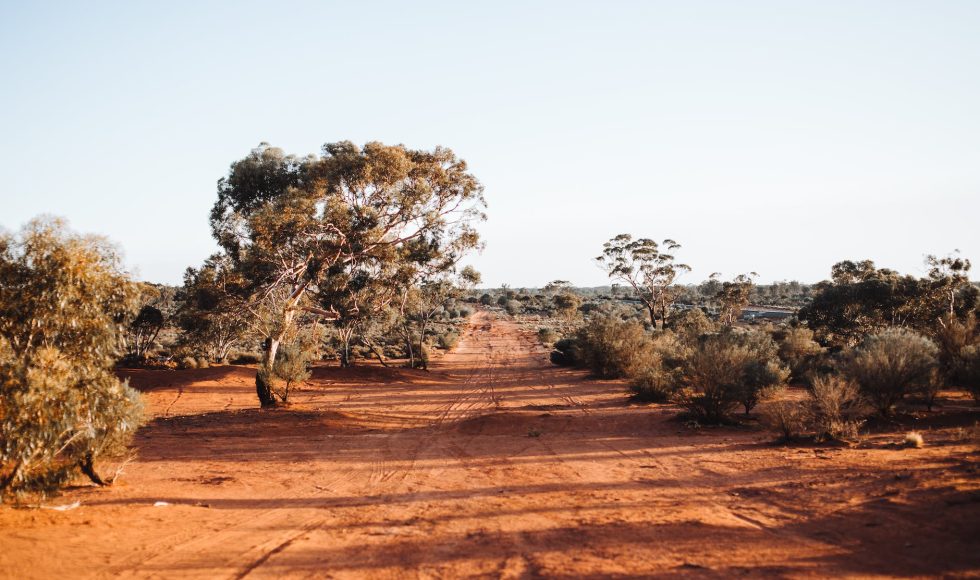Andre Reis from the Garvan Institute of Medical Research in Australia presented at the Nanopore Community Meeting 2022 on “A long-read nanopore sequencing platform for Indigenous genomics.” Their efforts to increase efforts to increase representation of Indigenous people in Australia. Reis spoke about indigenous Australians and the lack of representation in current catalogues. Thus, there is a lack of representation that “may exacerbate health disparities.” The National Centre for Indigenous Genomics (NCIG) was established in 2016 under federal legislation in Australia. Reis explained that through community engagement, the NCIG has created a system in which indigenous people are the decision-makers. Reis and colleagues have sequenced numerous samples with the Oxford Nanopore PromethION. After mapping reads, the group performs bioinformatic analyses to compare variation. The lab has developed SLOW5, an alternative file format for increased processing and decreased data storage needs. Reis explained that their mean coverage was around 30X and structural variation across the cohort identified 125,000 small variants and structure variants. The group noticed increased frequency of variants in one region. The group found “lower variant density in highly constrained genes.” Interestingly, they did not observe significant differences in the number of variants in different individuals. Their dataset was enriched for variants in this population in Australia. Discovery curves “indicate that theres is still a lot more unique Australian variation to be sampled.” Reis explained that most of the variations are caused by random repeats. Reis highlighted that “short reads fail to capture the STR expansion” they identified in this study. In total, Reis and colleagues sequenced 48 indigenous people so far and they have evidence that more variations are specific to this community are yet to be found! Reis also summarizing finding “clear separation in terms of genetic architecture between non-indigenous and indigenous people, and also amongst different indigenous communities.” This project was driven by the members of the community and also produce new workflows and file types for initiating similar surveys.



